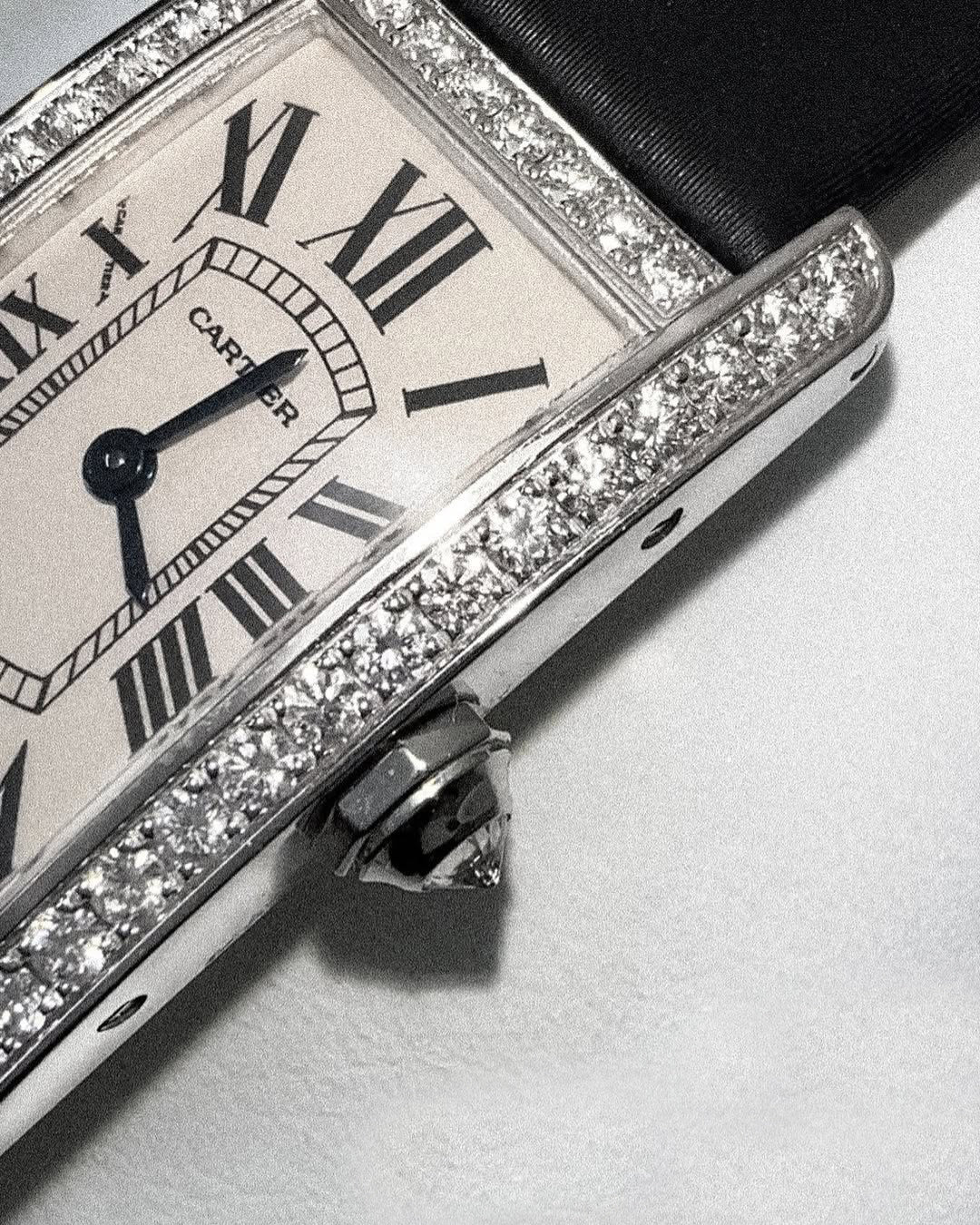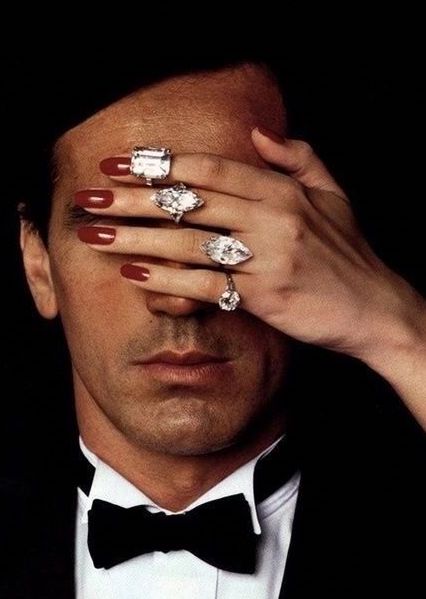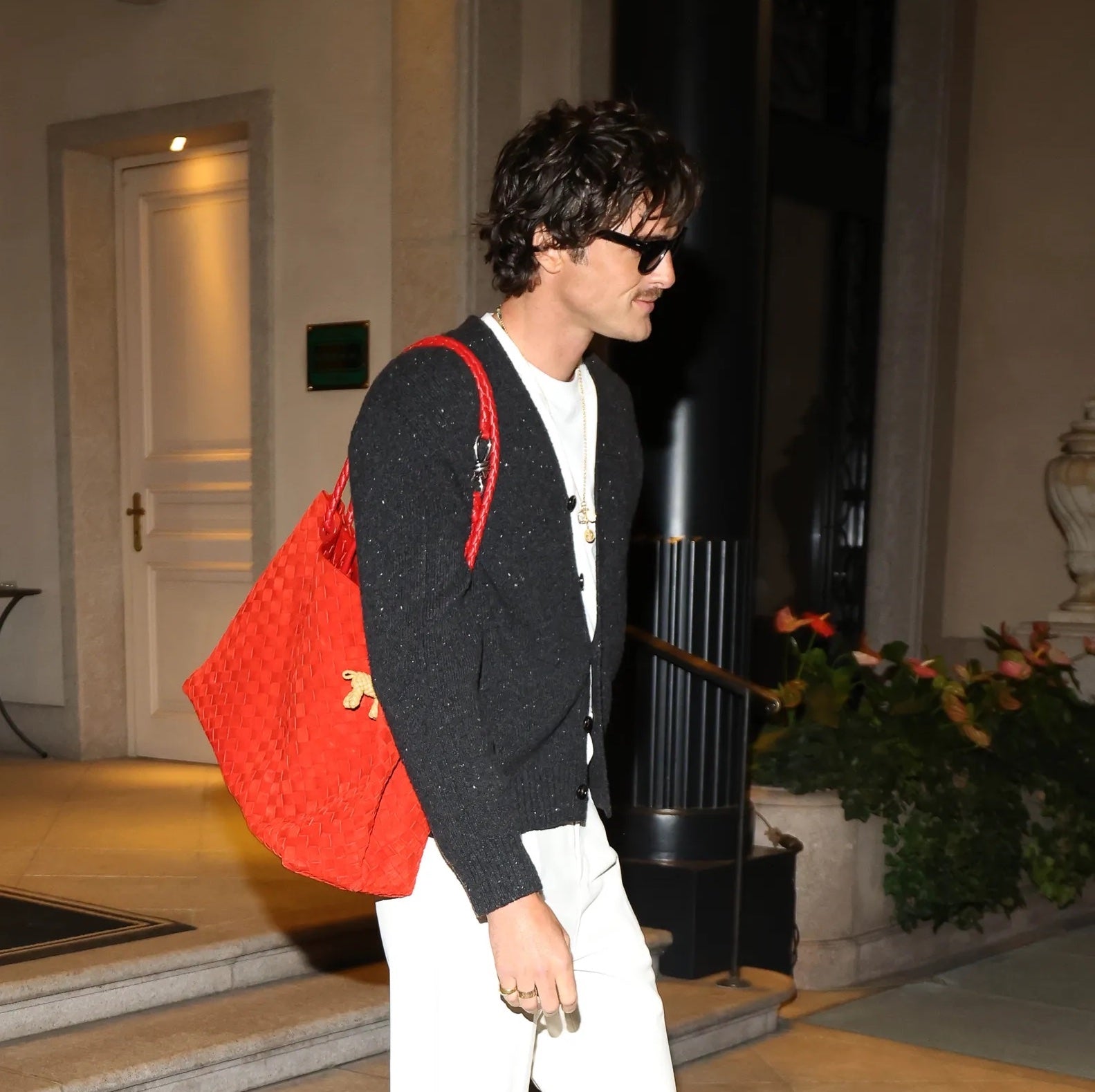THE COMPLETE GUIDE TO: HERMÈS LEATHERS
At a time when the industry is turning to animal leather alternatives, Hermès is staying strong and proud of its position as an equestrian brand. The brand ensures quality by operating its own tanneries; including five in France where its main suppliers [Tanneries d’Annonay and Tanneries du Puy] are also located.
Hermès leather is known as “full grain”; which refers to the most durable part of the hide. This ensures that the leather ages well, and in turn that the handbags also age well, given that they are cared for properly. As with all things, there are some leathers better suited to different lifestyles and aesthetics; some are more durable, some get better with age and some get that Mary Kate & Ashley uber-relaxed look. Below, we have categorised as many Hermès types of leather as we can find [it’s been calculated that Hermès have used around 80 different types] to get you one step closer to your perfect bag.
Most Popular Leathers
Togo - this grainy calf leather is the most popular for a Birkin, the natural ageing of the material lends itself to the silhouette of the icon bag, though it will slouch over time so it is worth re-thinking if you prefer your bag to look pristine in the years to come.
Clemence - a close contender of Togo leather with a slightly larger grain. Again it will slouch over time and is sensitive to rain which can damage the texture.
Epsom - this leather is a popular option for those who like a structured bag. This is an embossed material, meaning the pattern you see on the leather isn’t naturally occurring, however, this also means that the leather is extremely durable while still being fairly lightweight.
Barenia - one of Hermès’ oldest leathers, and was traditionally used for horse saddles. The smooth texture has a slight gloss - which is not only durable but is also naturally rainproof. This leather does oxidise and develop a patina over time, slightly darkening the colour.
Box - this smooth, glass-like calf leather is the oldest leather used by the French fashion house, created in the 1890s. It is an extremely buttery leather to touch but also sustains scratches easily. A fun fact is that any scratches magically buff into the leather over time, given that the scratches aren’t deep as to cut into the leather.
Swift - this soft, fine-grain leather was previously known as ‘Gulliver’ and reintroduced in 2005 as Swift. The material famously picks up dye very well, so some popular bright colours will only be available in Swift leather.

Exotic Leathers
Lizard - this exotic leather is usually available in only smaller handbags and accessories due to the lizard being a small animal. As with all exotic leathers, this is a material which needs to be closely cared for. It is rare skin, so a good option if looking for an investment bag. The Lizard bags at Hermès have a ‘-‘ next to the logo stamp to identify it.
Alligator - Hermès use one type of Alligator skin, sourced from the Mississippi river. As compared to the Crocodile leathers below, this has a more symmetrical scale. Unlike the animal, this leather should be kept away from water. The alligator pieces are marked by a small square symbol next to the logo stamp. There are two types of Alligator available in leather goods; Matte & Lisse (shiny). The latter is an extremely rare finish to find, and is usually only found in limited editions or can be used when creating special order pieces.
Niloticus Crocodile - Unlike Alligator, Hermés crocodile comes in two types, the first being Niloticus - from the Nile region of Zimbabwe. It again comes available in both Matte & Shiny materials. It is identified by a ‘^’ symbol next to the logo stamp. These crocodiles are larger than the other type that Hermès use, and so the scales are larger too.
Porosus Crocodile - The other type of crocodile leather, sourced from Asia or Australia. Unlike Lizard, this is a durable leather and also absorbs dye extremely well, which is why many rich jewel tones are only available in Alligator or Crocodile. As the name suggests, the Porosus leather is distinguished by a pore on the edge of each scale.
Ostrich - another durable exotic leather, Hermès Ostrich skin originates from South Africa. It is characterised by the feather quill pattern, and the bright colours it is available in. Unlike other exotic leathers, there is no distinguishing “stamp” on the bag.

Underrated Leathers
Buffalo - a distinctive pebbled water buffalo leather which uniquely gathers dye on the surface of the pebble, resulting in an almost two-tone outcome. The famous ‘Dalmatian’ bags are made in buffalo leather. It is strong leather, however, does require yearly conditioning to keep it in tiptop condition.
Chamonix - comparable to Box leather, Chamonix is also sourced from calves however specifically in the French Alp resort region of Chamonix [known for their ski season]. It is more durable than box, however, it doesn't have that magic scratch-absorbing quality.
Evercalf - similar to box leather, and Jean Paul Gaultier’s chosen leather to use for Shadow Birkins, the Evercalf has a close-to-matte finish. It isn’t highly prone to wear and tear however is not as durable as the likes of Swift leather.
Evergrain - this leather is essentially Evercalf with a fine-grained texture. Small scratches can be buffed out, however, it is prone to scratching so care does need to be taken.
Fjord - a large-grained cowhide which is distinct by its deep veining [natural creases through the leather]. The leather is heavier than others but is often used for larger bags like the HAC due to its robust nature.
Sombrero - one of the newer editions to the leather family at Hermès, this calf leather is usually seen in rigid handbags like the Kelly Sellier. It has a matte finish and picks up dark and bright dyes well.




